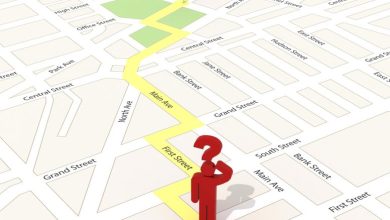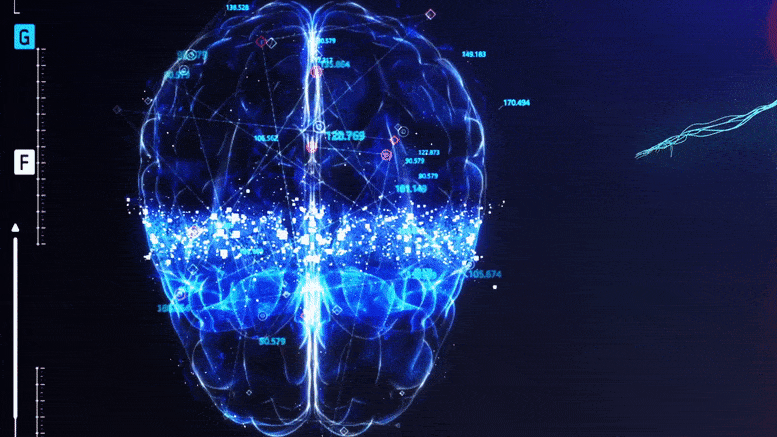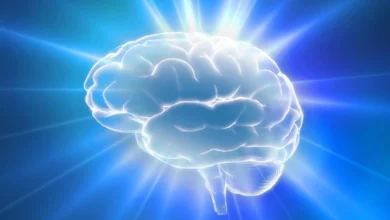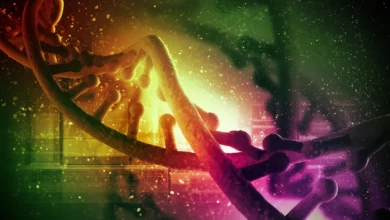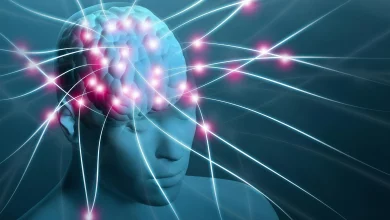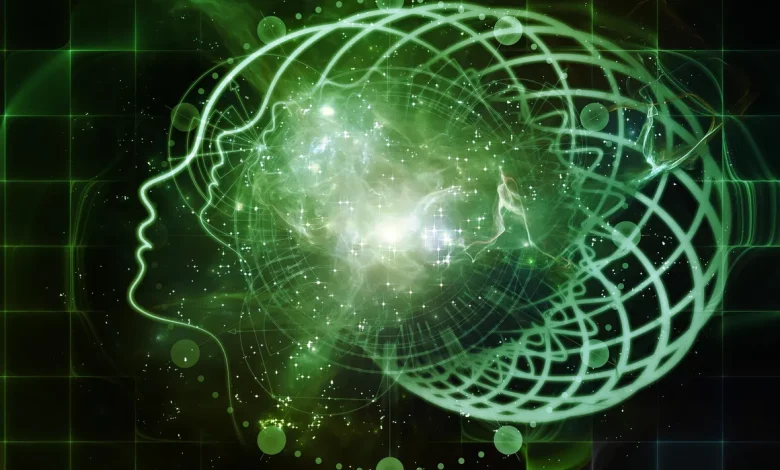
Lead Image: Scientists have developed a new conceptual and mathematical framework to understand consciousness from a relativistic point of view.
According to the theory, all that’s needed to solve the hard problem of consciousness is to change our assumptions about it. When we realize that consciousness is a physical, relativistic phenomenon, the mystery of consciousness naturally dissolves.
How do 3 pounds of brain tissue create thoughts, feelings, mental images, and a detailed inner world?
The ability of the brain to create consciousness has baffled people for millennia. The mystery of consciousness lies in the fact that each of us has subjectivity, with the ability to sense, feel, and think. In contrast to being under anesthesia or in a dreamless deep sleep, while we’re awake we don’t “live in the dark” — we experience the world and ourselves. However, it remains a mystery how the brain creates the conscious experience and what area of the brain is responsible.
According to Dr. Nir Lahav, a physicist from Bar-Ilan University in Israel, “This is quite a mystery since it seems that our conscious experience cannot arise from the brain, and in fact, cannot arise from any physical process.” As bizarre as it sounds, the conscious experience in our brain, cannot be found or reduced to some neural activity.
“Think about it this way,” says Dr. Zakaria Neemeh, a philosopher from the University of Memphis, “when I feel happiness, my brain will create a distinctive pattern of complex neural activity. This neural pattern will perfectly correlate with my conscious feeling of happiness, but it is not my actual feeling. It is just a neural pattern that represents my happiness. That’s why a scientist looking at my brain and seeing this pattern should ask me what I feel, because the pattern is not the feeling itself, just a representation of it.” Because of this, we can’t reduce the conscious experience of what we sense, feel, and think to any brain activity. We can only find correlations to these experiences.
After more than 100 years of neuroscience, we have very strong evidence that the brain is responsible for the creation of our conscious abilities. So how is it possible that these conscious experiences can’t be found anywhere in the brain (or in the body) and can’t be reduced to any neural complex activity?
This mystery is known as the hard problem of consciousness. It is such a difficult problem that until a couple of decades ago only philosophers discussed it. Even today, although we have made huge progress in our understanding of the neuroscientific basis of consciousness, still there is no satisfactory theory that explains what consciousness is and how to solve this hard problem.
In the journal Frontiers in Psychology, Dr. Lahav and Dr. Neemeh recently published a new physical theory that claims to solve the hard problem of consciousness in a purely physical way. According to the researchers, when we change our assumption about consciousness and assume that it is a relativistic phenomenon, the mystery of consciousness naturally dissolves. In the paper, the authors developed a conceptual and mathematical framework to understand consciousness from a relativistic point of view. According to Dr. Lahav, the lead author of the paper, “consciousness should be investigated with the same mathematical tools that physicists use for other known relativistic phenomena.”
In order to understand how relativity dissolves the hard problem, think about a different relativistic phenomenon, constant velocity. First, let’s choose two observers, Alice and Bob. Bob is on a train that moves with constant velocity and Alice watches him from the platform. There is no absolute physical answer to the question “what is the velocity of Bob?” The answer is dependent on the frame of reference of the observer. From Bob’s frame of reference, he will measure that he is stationary and Alice, with the rest of the world, is moving backward. But from Alice’s frame of reference, Bob is the one that’s moving and she is stationary. They have opposite measurements, yet both of them are correct, just from different frames of reference.
We find the same situation in the case of consciousness because, according to the theory, consciousness is a relativistic phenomenon. Now Alice and Bob are in different cognitive frames of reference. Bob will measure that he has conscious experience, but Alice just has brain activity with no sign of the actual conscious experience. On the other hand, Alice will measure that she is the one that has consciousness and Bob has just neural activity with no clue of its conscious experience.
Just as in the case of velocity, although they have opposite measurements, both of them are correct, but from different cognitive frames of reference. As a result, because of the relativistic point of view, there is no problem with the fact that we measure different properties from different frames of reference. The fact that we cannot find the actual conscious experience while measuring brain activity is because we’re measuring from the wrong cognitive frame of reference.
According to the new theory, the brain doesn’t create our conscious experience, at least not through computations. The reason that we have conscious experience is because of the process of physical measurement. In a nutshell, different physical measurements in different frames of reference manifest different physical properties in these frames of reference, although these frames measure the same phenomenon.
For example, suppose that Bob measures Alice’s brain in the lab while she’s feeling happiness. Although they observe different properties, they actually measure the same phenomenon from different points of view. Because of their different kinds of measurements, different kinds of properties have been manifested in their cognitive frames of reference.
For Bob to observe brain activity in the lab, he needs to use measurements of his sensory organs like his eyes. This kind of sensory measurement manifests the substrate that causes brain activity – the neurons. Consequently, in his cognitive frame Alice has only neural activity that represents her consciousness, but no sign of her actual conscious experience itself.
However, for Alice to measure her own neural activity as happiness, she uses different kinds of measurements. She doesn’t use sensory organs, she measures her neural representations directly by interaction between one part of her brain with other parts. She measures her neural representations according to their relations to other neural representations.
This is a completely different measurement than what our sensory system does and, as a result, this kind of direct measurement manifests a different kind of physical property. We call this property conscious experience. As a result, from her cognitive frame of reference, Alice measures her neural activity as conscious experience.
Using the mathematical tools that describe relativistic phenomena in physics, the theory shows that if the dynamics of Bob’s neural activity could be changed to be like the dynamics of Alice’s neural activity, then both will be in the same cognitive frame of reference and would have the exact same conscious experience as the other.
Now Dr. Lahav and Dr. Neemeh want to continue to examine the exact minimal measurements that any cognitive system needs in order to create consciousness. The implications of such a theory are huge. It can be applied to determine which animal was the first animal in the evolutionary process to have consciousness, which patients with consciousness disorders are conscious, when a fetus or baby begins to be conscious, and which AI systems already today have a low degree (if any) of consciousness.
Reference: “A Relativistic Theory of Consciousness” by Nir Lahav and Zachariah A. Neemeh, 12 May 2022, Frontiers in Psychology.
DOI: 10.3389/fpsyg.2021.704270

